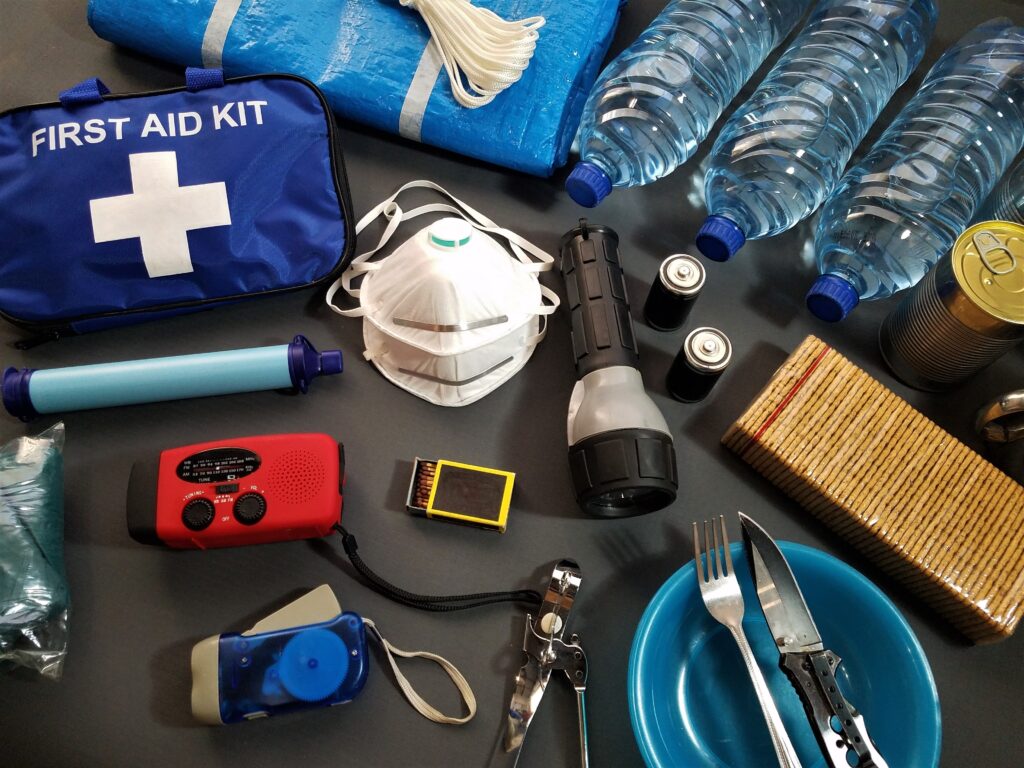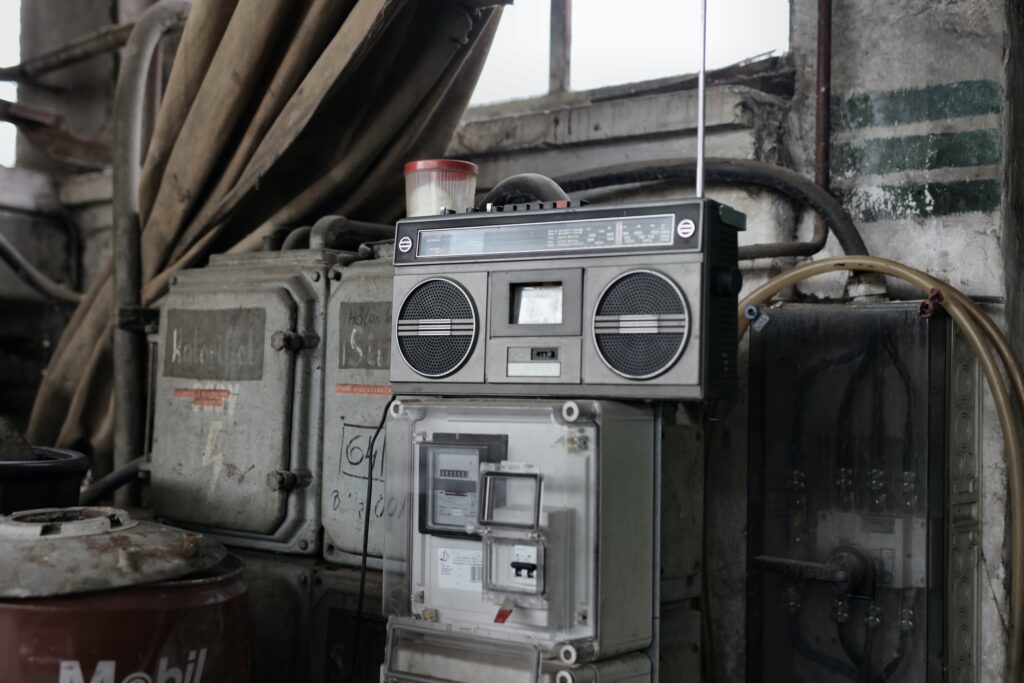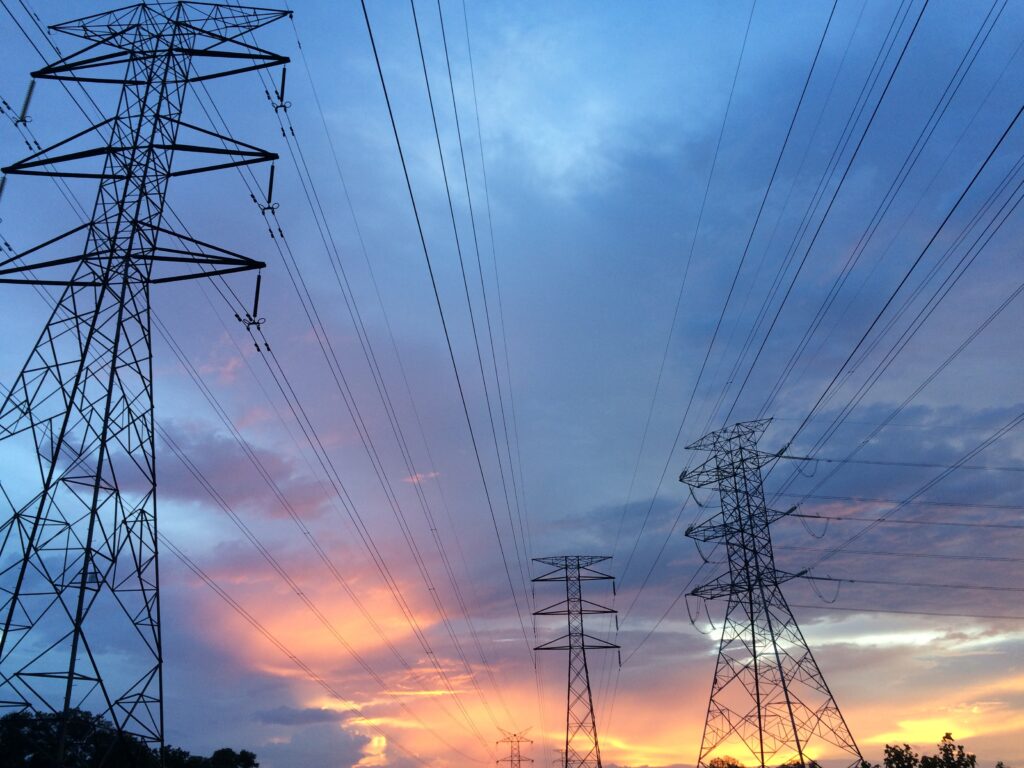Research Insights
In this section, we offer overviews of key topics from our final report, as well as a summary of our key findings, and their implications.
Topic Overviews
Key Findings
Our findings across this research project underscore how households and communities that have experienced bushfires and other extreme weather events in New South Wales were impacted by power outages in a variety of ways. The loss of power had significant and wide-reaching consequences for a range of energy services including access to telecommunications, water, money, fuel and refrigeration. These impacts, which varied significantly depending on the duration and extent of outages, were a source of great distress and a sense of vulnerability, leaving people literally and figuratively ‘in the dark’ and unable to meet basic needs.
Households and communities employed a range of Distributed Energy Resources (DER) and strategies to cope with the impacts of these outages.
DER such as generators, bottled gas, rooftop solar and home batteries, EVs, microgrids, and community-scale batteries have the potential to enhance energy resilience at various scales. However, as detailed in the Technologies and Infrastructure, each of these DER technologies has advantages and limitations and, while there is broad awareness of their potential resilience benefits, these are complex technologies requiring a high level of expertise for appropriate design and deployment.
Moreover, the capacity for these DER to confer energy resilience is far from just a technical concern; it is mediated by a host of social, economic, and situational factors, including the duration of outages. There is therefore a need for careful consideration of the DER options that might best enhance energy resilience given the different capacities and circumstances of specific households and communities.
There were many instances of community members supporting one another during weather-related outages.
People helped others or received help to access energy services by sharing generators, relying on neighbours or small businesses for phone charging or refrigeration, or communal cooking events such as BBQs. However, while these forms of community response should be acknowledged and supported, the feasibility of these kinds of communal responses depends on the circumstances. Communities can contain differing priorities and uneven capacities that challenge the ideal of a single coherent community response.
Helping households and communities to learn from past experiences, anticipate and prepare for power outages can enhance resilience at a local scale.
This can inform household practices, the adoption of appropriate DER, and the improvement of community infrastructure to enhance energy resilience. However, some participants expressed a sense of fatigue and frustration around widespread calls for communities or individuals to be ‘resilient’ and pointed instead to the roles and responsibilities of governments and energy providers in improving resilience at the system level, e.g., through investments in resilient energy infrastructure and action on climate change.
Different DER configurations, at individual household and community levels, can have different meanings and implications for energy resilience.
As we illustrate in the Visions of a resilient energy system, while more individual-scale approaches – including the ideal of going ‘off-grid’ –– might help households achieve energy independence and self-sufficiency, such an approach can neglect inequities in access to DER in society, as well as the equity implications of maintaining a grid with fewer connected households.
Similarly, while collective DER configurations such as microgrids have the potential to be more inclusive, they tend to have their own context-specific political challenges with respect to ownership, leadership and decision-making. In practice, there is no binary choice between individual and community approaches; rather, they are part of a continuum of DER configurations that may be drawn upon in different ways to meet the needs of different households and communities. Likewise, in practice, more decentralised models do not necessarily entail a clear shift away from incumbent models or reliance on actors such as governments and DNSPs.
There is a tension between the imperative to decarbonise through electrification and efforts to build energy resilience.
Energy resilience can be strengthened by diversity in energy sources, with each serving different functions and conferring different forms of resilience, e.g., rooftop solar, bottled gas and generators can be used in conjunction.
While decarbonisation of the energy supply is urgent, there is a need to consider its potential resilience implications, or risk creating additional forms of vulnerability in homes and communities
A related insight from our research is that there is a need for a richer appreciation of the multiple benefits that DER can offer – looking beyond economic approaches such as payback periods on these technologies to consider benefits such as bill savings, emissions reduction, and resilience to outages.
Implications
There is a need for greater efforts to educate households and communities, as well as other actors such as installers, on the different types of DER available and their specific implications for resilience.
For example, as detailed in this report, a correctly configured solar and battery system can provide a significant level of resilience, but rooftop solar alone is not necessarily beneficial during a grid outage.
There is a need for more widespread industry understanding of the potential resilience impacts of DER as this has direct implications for how suppliers market specific products and engage consumers.
There is a need for a wider view of the different types of value that DER can offer, such as bill savings, emissions reduction, and resilience to power disruptions.
We contend that the tendency to frame the value of DER in purely economic terms such as payback periods is too narrow.
The role that some forms of DER can play in energy resilience means that policies that support the adoption of DER, such as subsidies, can shape the resilience of households and communities into the future.
Resilience should be considered in the design of such policies, both to evaluate potential unintended effects and to leverage opportunities to support technologies that increase resilience.
This tension between electrification and the diversification of energy sources is a dynamic that will need to be navigated in the development of policy and research.
There is potential for the electrification of household appliances to yield negative resilience outcomes, if carried out without consideration of back-up electricity supply in areas vulnerable to grid outages.
Engagement with communities is necessary to understand their needs and the DER configurations that might best meet them, while also taking into account that perspectives and needs within communities differ.
Partnerships between industry stakeholders and communities in microgrid and other community-scale initiatives, which tend to be asymmetrical in the interests and power that the partners bring to the engagement, will vary according to the specific context and the needs of communities
There is a need to account for asymmetries within communities, as well as between communities and various actors e.g. energy companies, NGOs or state institutions.
Extensive community engagement requires an awareness of these existing asymmetries and it is therefore essential to building partnerships to achieve resilience in forms that reflect the values of communities.


